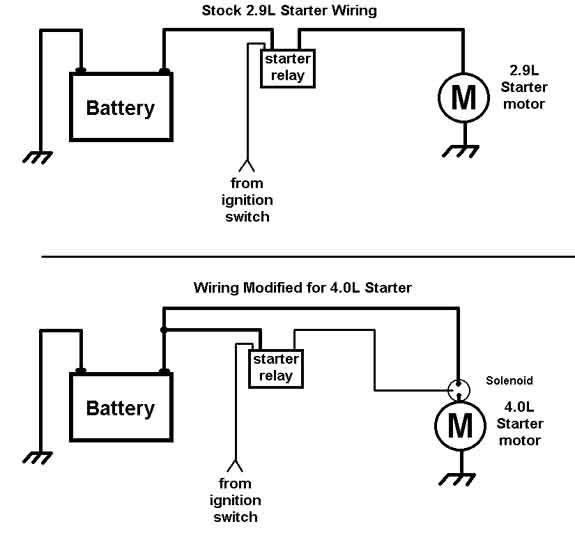kaytor692
Member
- Joined
- Nov 30, 2011
- Messages
- 68
- Reaction score
- 1
- Points
- 8
- Vehicle Year
- 1986
- Vehicle
- ford bronco ll
so i plan on doing the 4L clutch swap in my 86 b2 in the near future due to the fact that my clutch crapped out. wanted to know if i should go with a ceramic clutch or a plain jane oem replacement? also if theres any specific brand or stage that work the best for a DD weekend wheeler.
any other suggestions on the swap would be helpful aswell
thanks
any other suggestions on the swap would be helpful aswell
thanks

